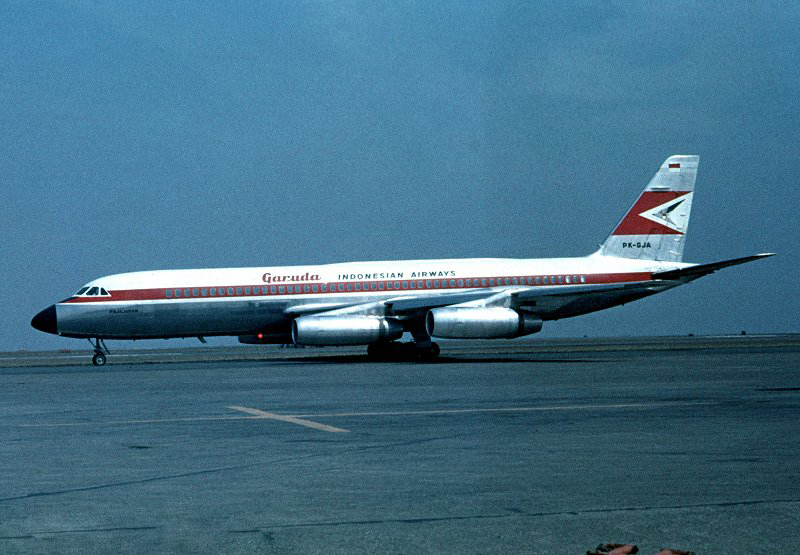Country
Crash of a Convair CV-990-30A-8 at March AFB
Date & Time:
Jul 17, 1985 at 1810 LT
Registration:
N712NA
Survivors:
Yes
Schedule:
March AFB - March AFB
MSN:
30-10-37
YOM:
1963
Crew on board:
4
Crew fatalities:
Pax on board:
15
Pax fatalities:
Other fatalities:
Total fatalities:
0
Aircraft flight hours:
12104
Aircraft flight cycles:
4974
Circumstances:
During the takeoff roll at a speed of 140 knots on runway 32, the crew heard a loud bang followed by vibrations. Decision was taken to abandon the takeoff procedure and the crew was able to stop the aircraft before the end of the runway. All 19 occupants evacuated while the aircraft was quickly destroyed by fire.
Probable cause:
The NASA Aircraft Accident Investigation Board determined that the probable cause of the accident was the nearly simultaneous failure of the two front tires on the right main landing gear at a critical time during the takeoff roll. These failures resulted in the pilot's decision to reject the takeoff. Contributing to the severity of the accident was an intense fire fed by leakage from the puncture of a right-wing fuel tank forward of the right main gear; the puncture occurred during the intentional extended rollout of the aircraft.
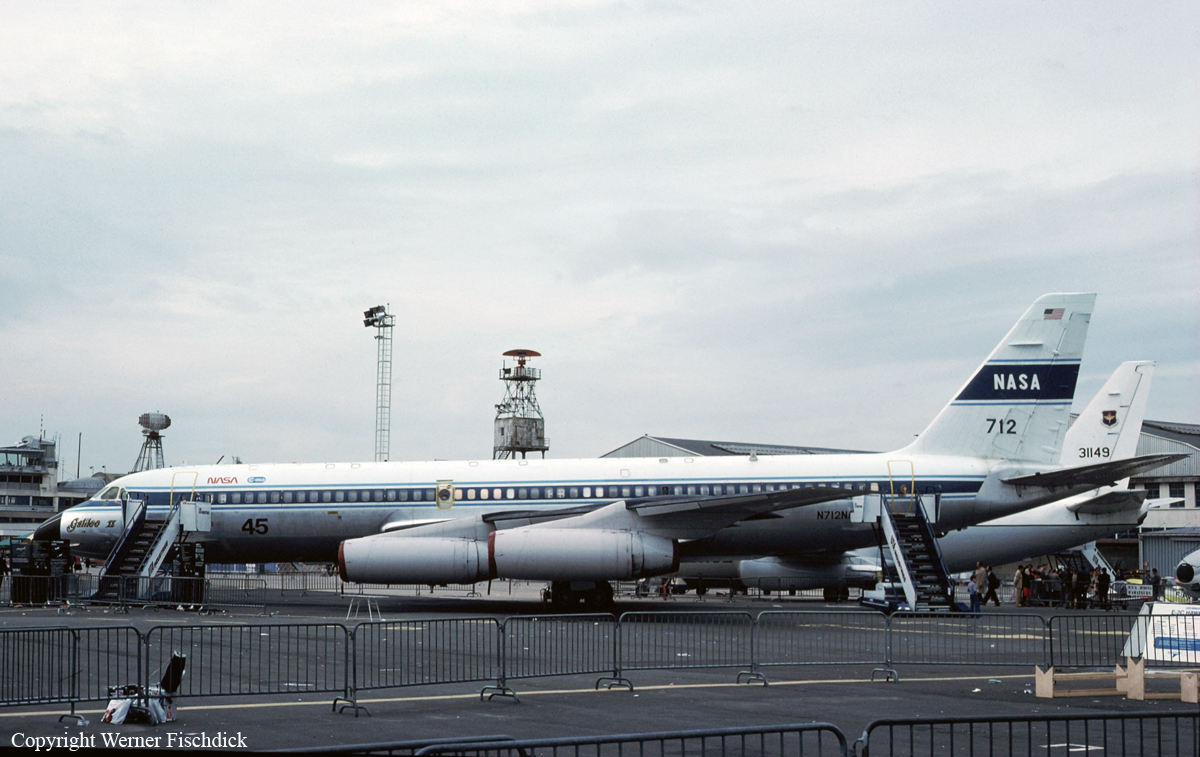
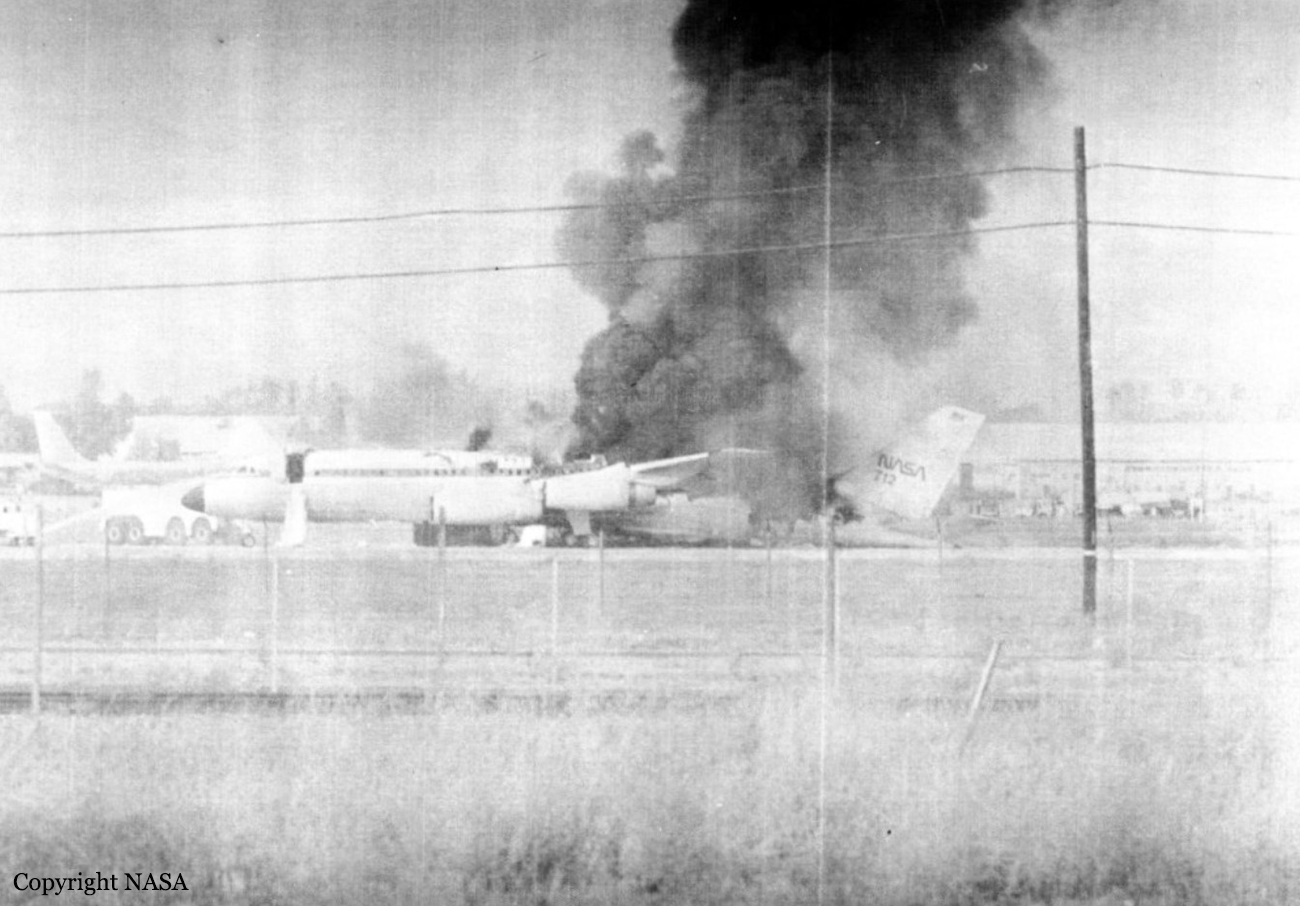
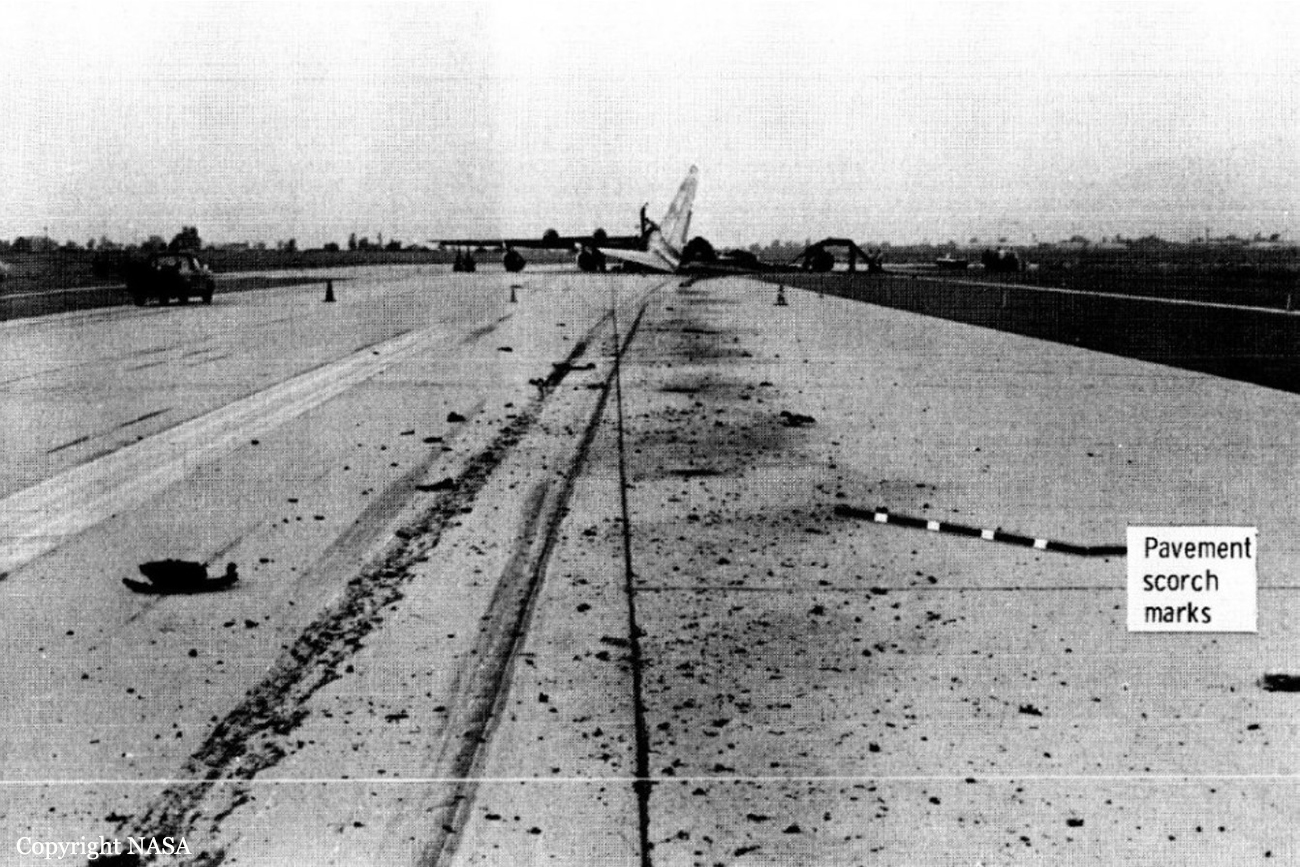
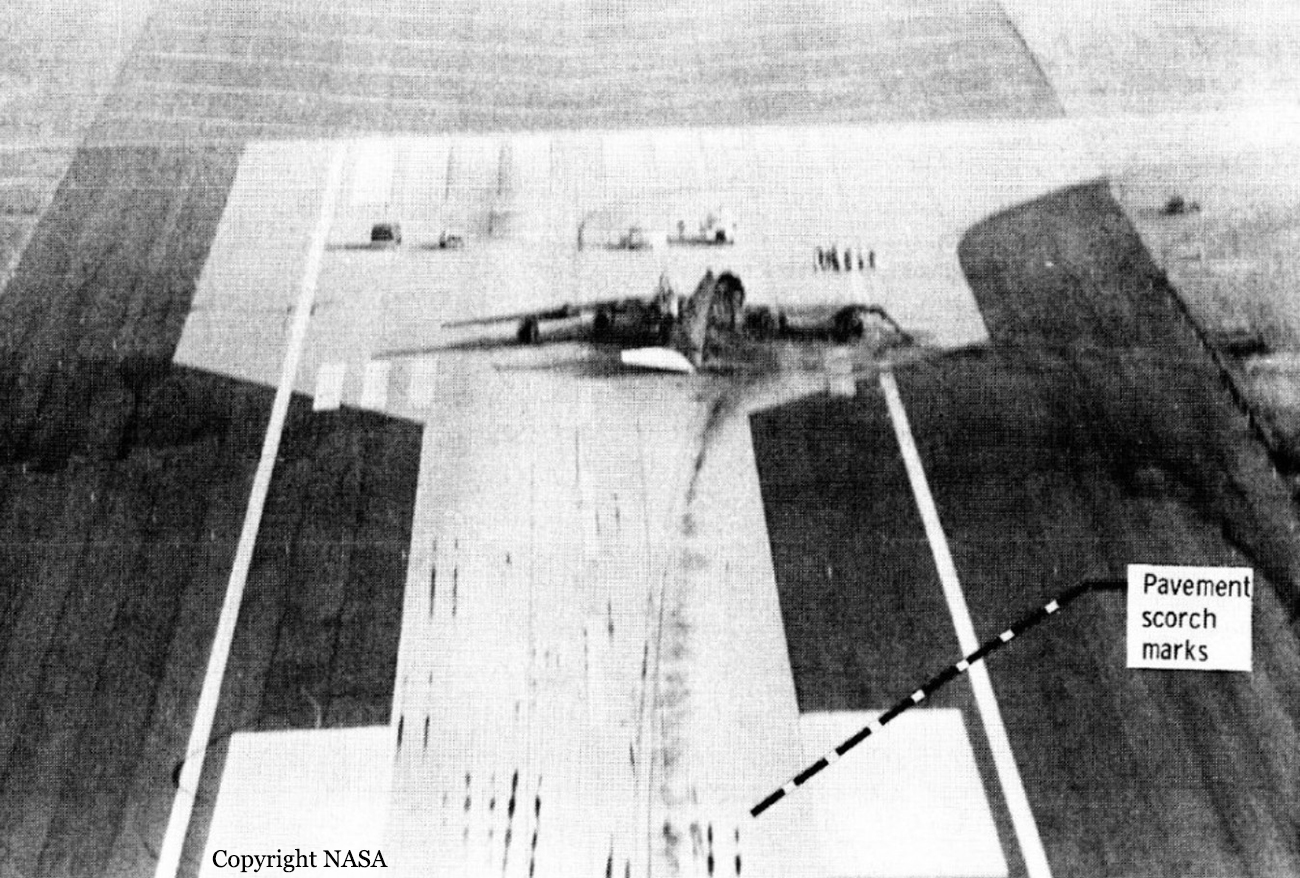

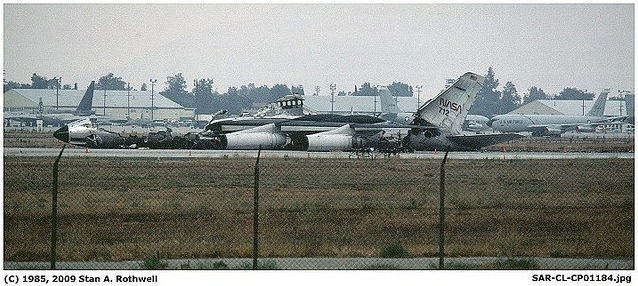
Crash of a Convair CV-990-30A-5 Coronado in Agana
Date & Time:
Sep 10, 1973 at 1616 LT
Registration:
N7876
Survivors:
Yes
Schedule:
Jakarta - Agana - Moffett
MSN:
30-10-4
YOM:
1963
Crew on board:
4
Crew fatalities:
Pax on board:
0
Pax fatalities:
Other fatalities:
Total fatalities:
0
Captain / Total hours on type:
1621.00
Circumstances:
The crew was completing a ferry flight from Jakarta to Moffett AFB with an intermediate stop in Agana. On approach, the crew was informed by ATC about poor weather at destination with thunderstorm activity, strong crosswinds and heavy rain falls. The airplane landed 500 meters past the runway threshold then became uncontrollable. It veered off runway to the left then collided with various obstacles and came to rest. All four crew members escaped uninjured while the aircraft was damaged beyond repair.
Probable cause:
Improper in-flight decisions on part of the pilot-in-command. The following factors were reported:
- Turbulence associated with clouds and thunderstorms,
- Overload failure,
- No weather briefing received,
- Wind gusting up to 20 knots,
- Agana Tower advised the crew about large storm passing over the approach course.
- Turbulence associated with clouds and thunderstorms,
- Overload failure,
- No weather briefing received,
- Wind gusting up to 20 knots,
- Agana Tower advised the crew about large storm passing over the approach course.
Final Report:
Crash of a Convair CV-990-30A-5 at Moffett AFB: 11 killed
Date & Time:
Apr 12, 1973 at 1450 LT
Registration:
N711NA
Survivors:
No
Schedule:
Moffett - Moffett
MSN:
30-10-1
YOM:
1961
Crew on board:
3
Crew fatalities:
Pax on board:
8
Pax fatalities:
Other fatalities:
Total fatalities:
11
Circumstances:
The aircraft was engaged in a local test flight at Moffett Airbase, carrying three crew members and eight NASA scientists in charge to test a survey equipment over the Monterey Bay. Following an uneventful mission, the crew started the approach and was cleared to land on runway 32R while seven miles out. In the region was also operated a US Navy Lockheed P-3C-125-LO Orion registered 157332 and that was completing a local training flight with a crew of six on board. After been cleared, the Orion's crew informed ATC he was joining the runway 32L approach path when the controller cleared the crew of the Convair to land at runway 32L. Shortly later, at an altitude of about 300 feet, the nose gear of the Convair struck the top of the Orion's tail. Both airplanes went out of control and crashed in flames on the Sunnyvale golf course located about 0,3 mile short of runway threshold. A crew member from the Orion was seriously injured while all 16 other occupants on both aircraft were killed.
Probable cause:
It was determined that the collision was the consequence of several errors on part of the approach controller. He firstly cleared the Convair's crew to land on runway 32R and the Orion's crew to land on runway 32L. But during the approach, after the Orion's crew confirmed he was joining the runway 32L approach path, the controller cleared the crew of the Convair to land on the same runway 32L. For reasons undetermined, the Convair's crew did not ask any question about this runway change. Also, none of the crew was able to sea and avoid each other.
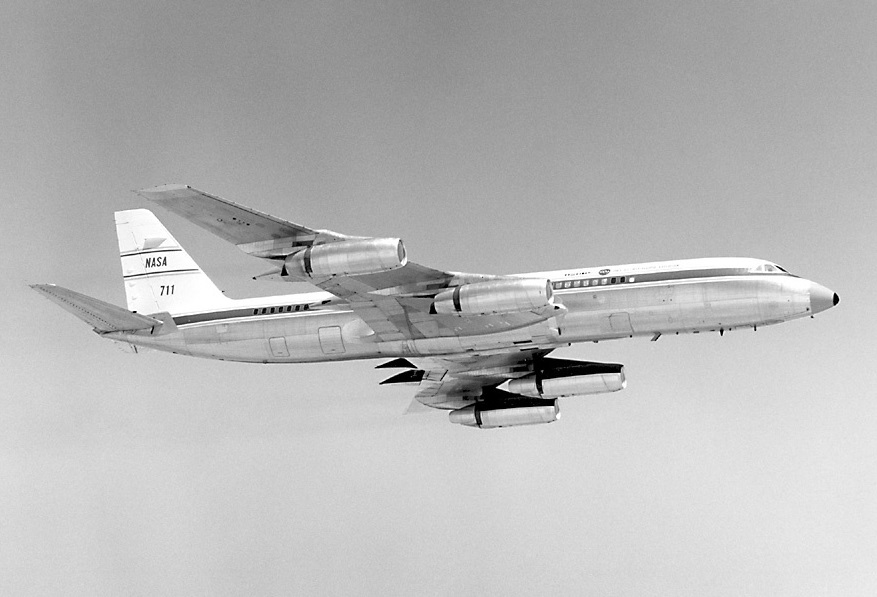
Crash of a Convair CV-990-30A-5 in Tenerife: 155 killed
Date & Time:
Dec 3, 1972 at 0733 LT
Registration:
EC-BZR
Survivors:
No
Schedule:
Tenerife - Munich
MSN:
30-10-25
YOM:
1962
Crew on board:
7
Crew fatalities:
Pax on board:
148
Pax fatalities:
Other fatalities:
Total fatalities:
155
Circumstances:
After liftoff at Tenerife-Norte-Los Rodeos Airport, while climbing to a height of 100 meters, the airplane went out of control, plunged into the earth and crashed in a huge explosion about 325 meters past the runway end. The airplane was totally destroyed by impact forces and a post crash fire and all 155 occupants, 148 West German tourists and 7 Spanish crew members were killed. At the time of the accident, the visibility was near zero due to low ceiling and fog.
Probable cause:
It is believed that the accident was caused by inadapted reaction and manoeuvres on part of the pilot-in-command who probably suffered a spatial disorientation immediately after takeoff in an almost zero visibility configuration.
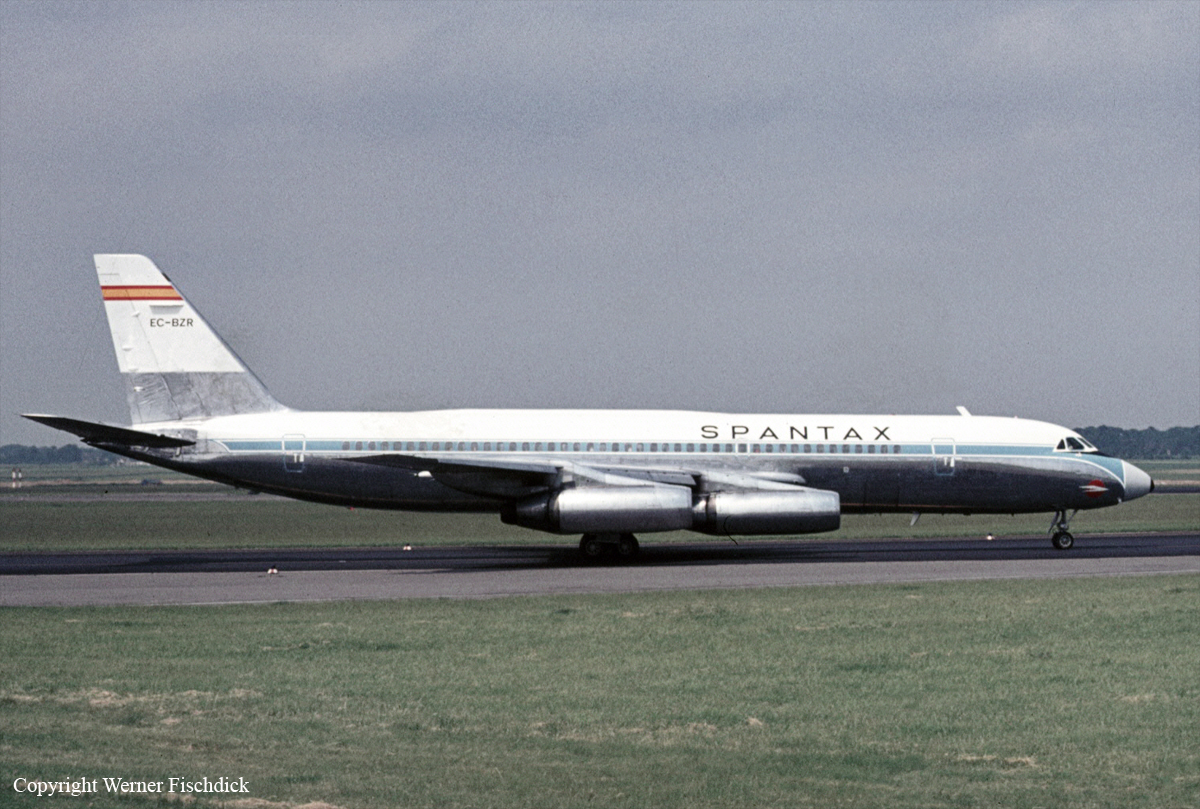
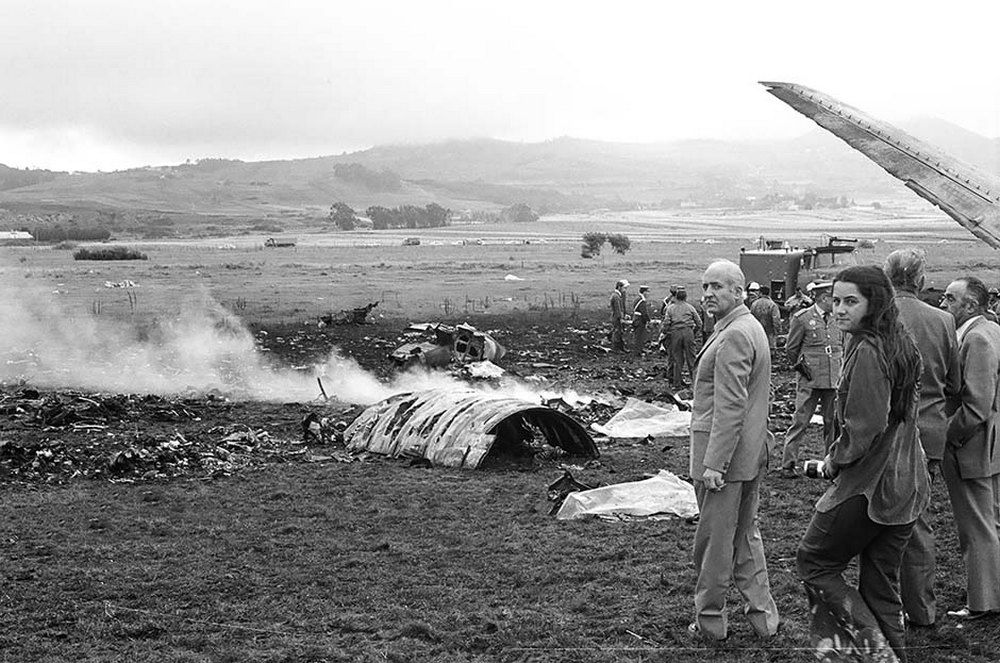
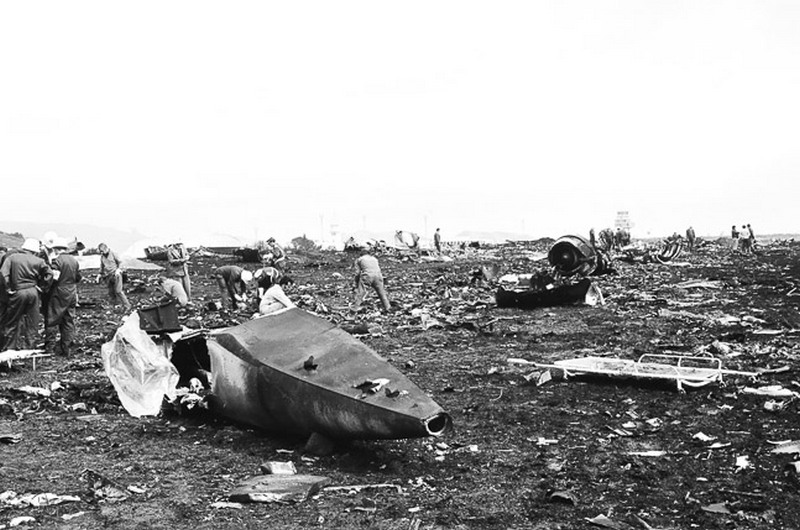
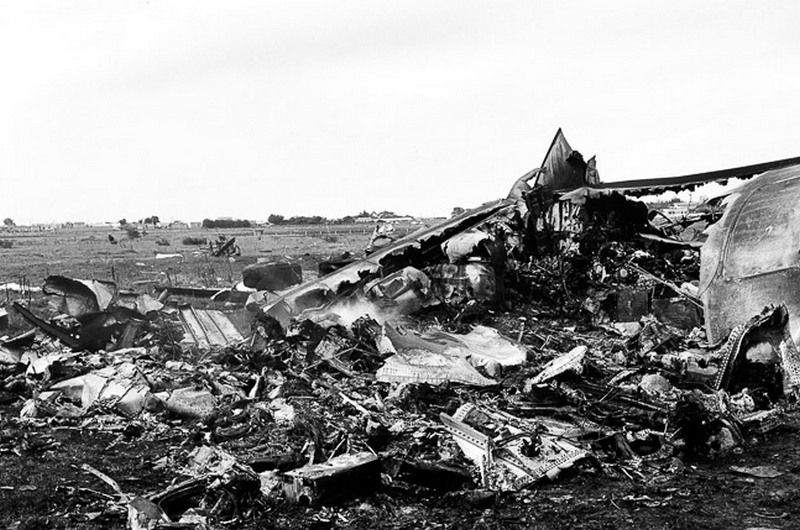
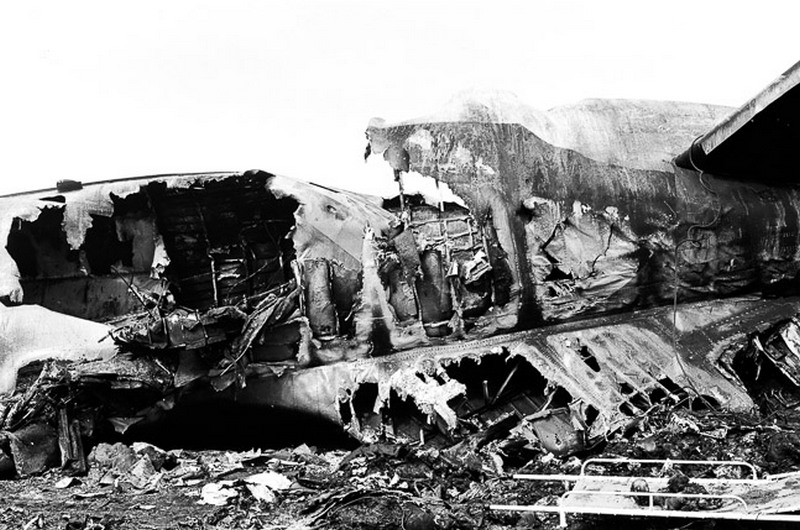
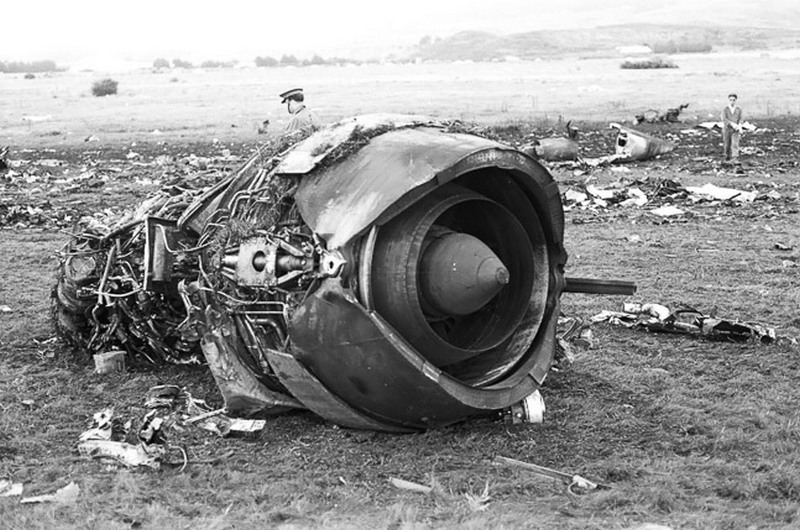
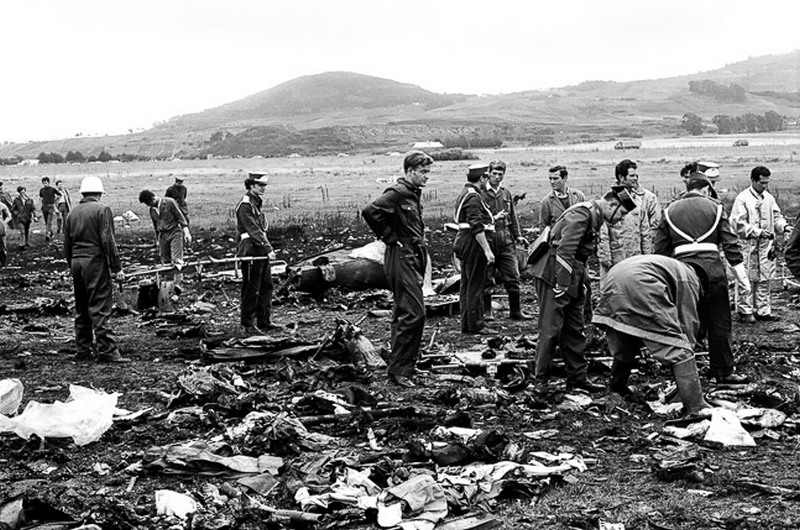
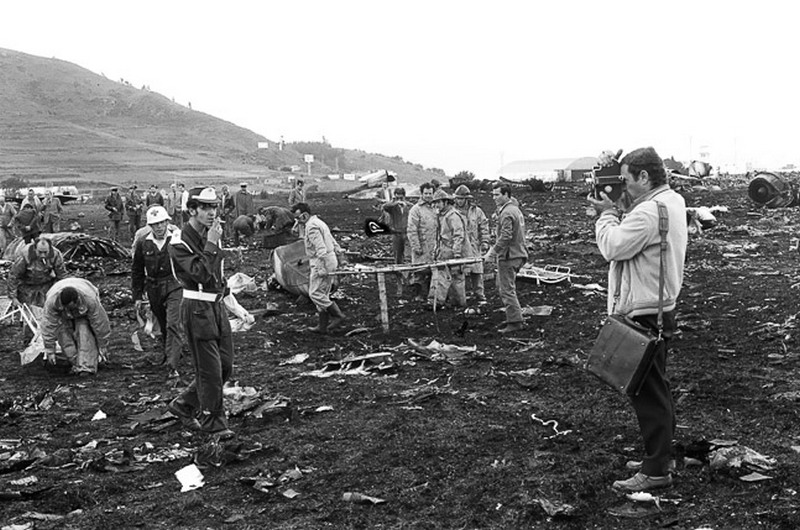
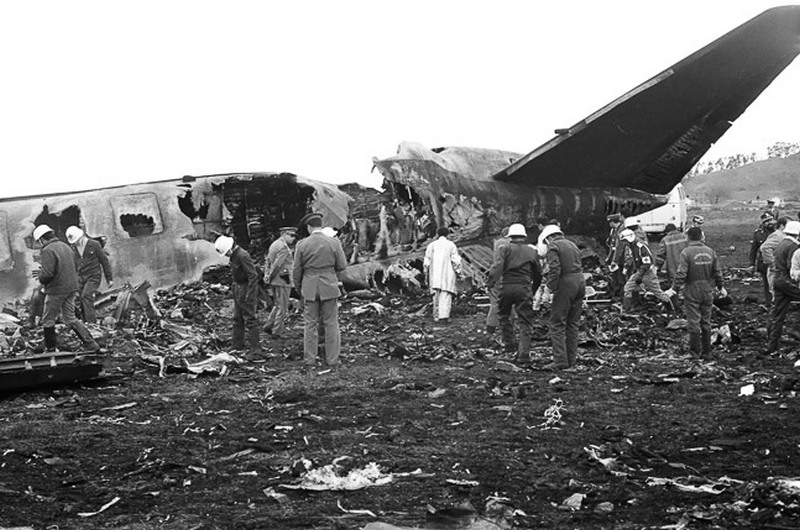
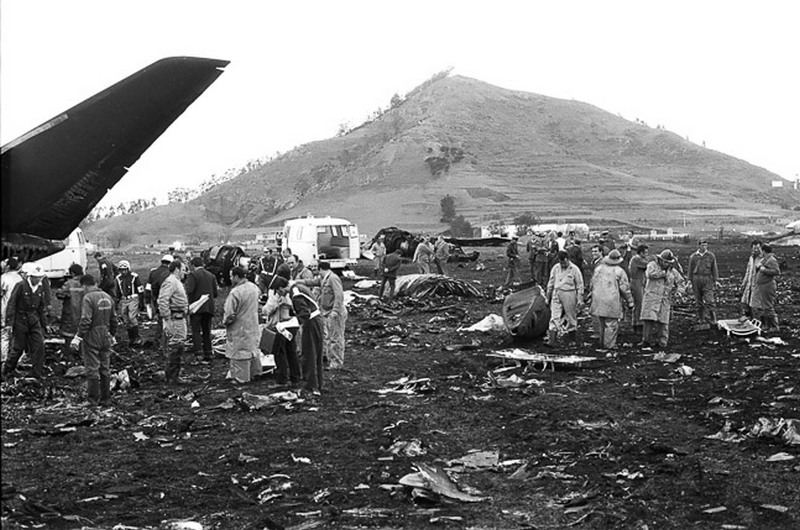
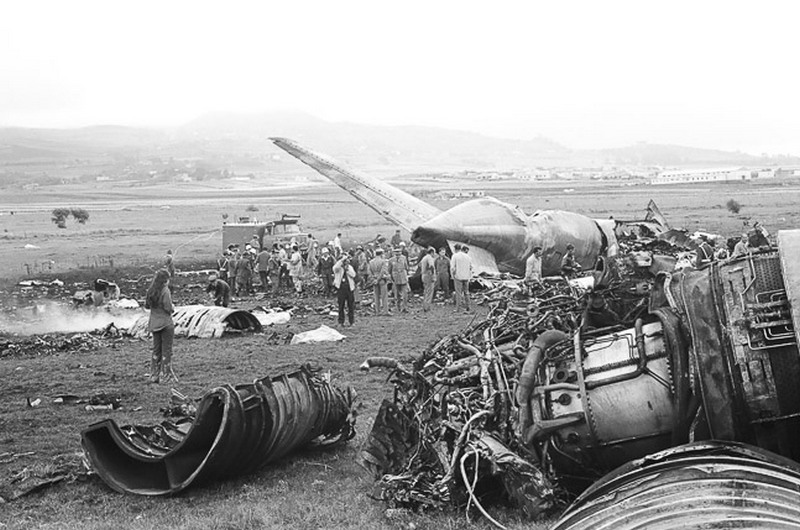
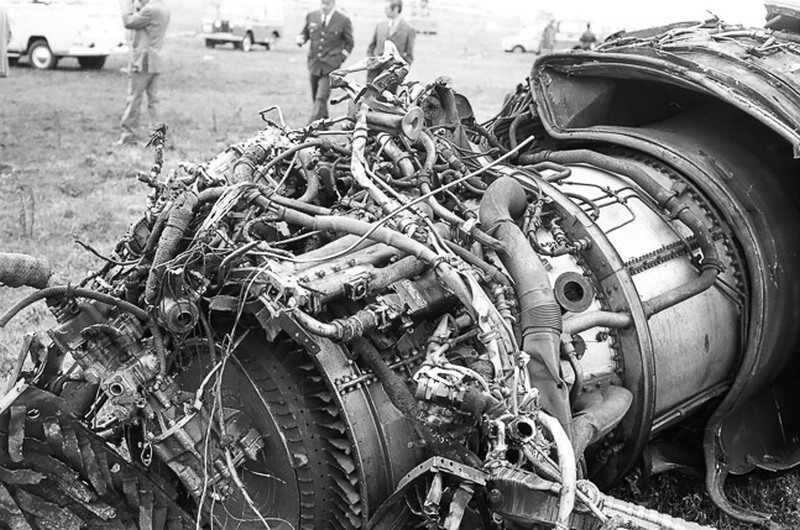
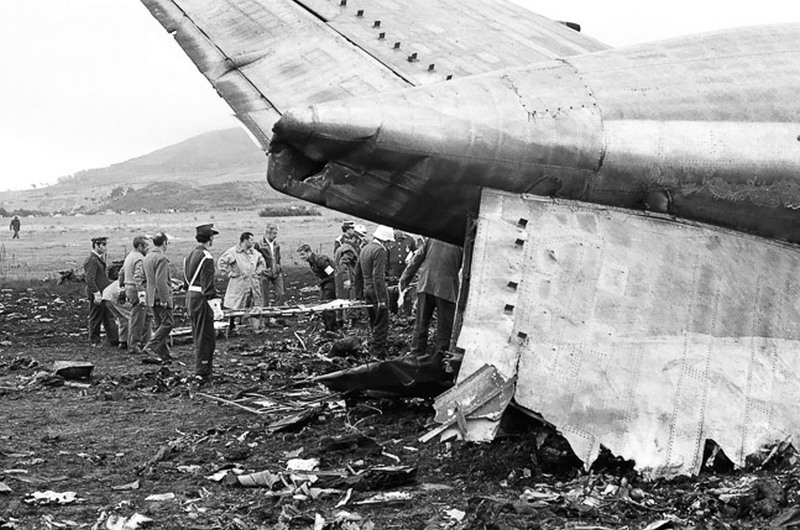
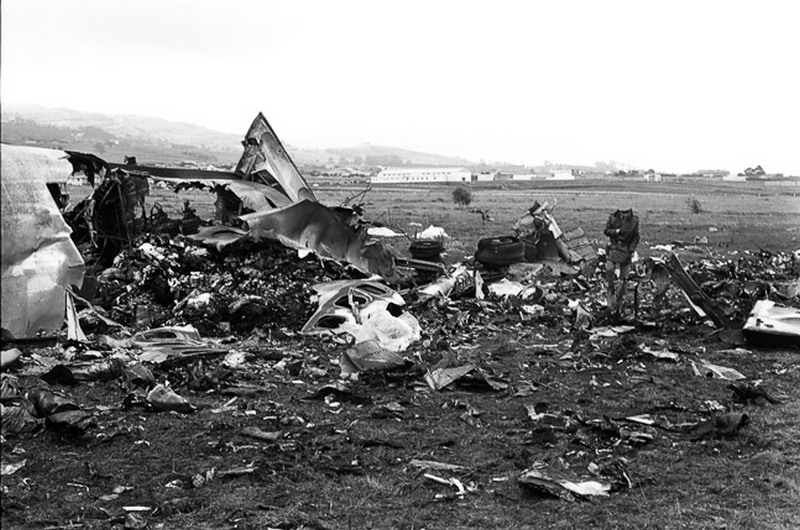
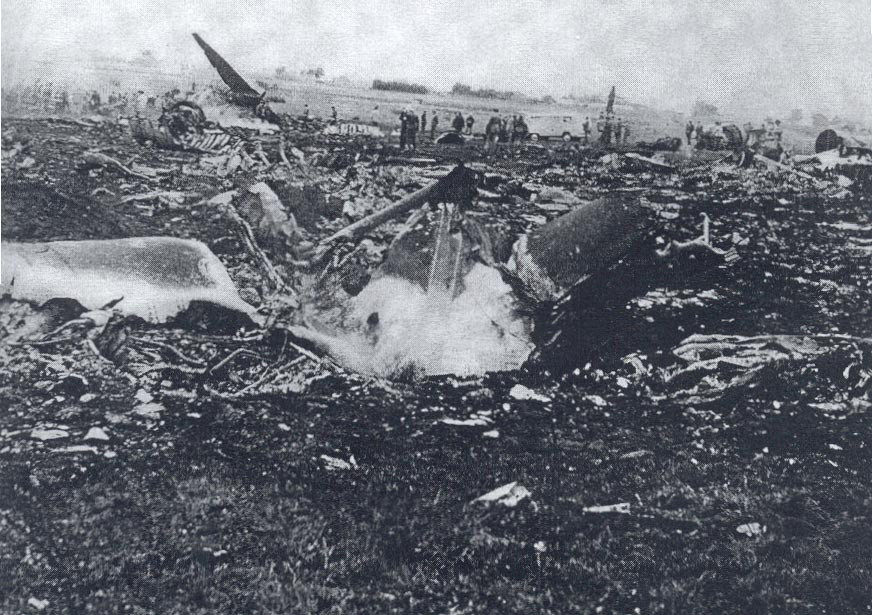
Crash of a Convair CV-990-30A-8 Coronado in Acapulco
Date & Time:
Aug 8, 1970 at 0002 LT
Registration:
N5603
Survivors:
Yes
Schedule:
New York - Acapulco
MSN:
30-10-13
YOM:
1963
Crew on board:
8
Crew fatalities:
Pax on board:
0
Pax fatalities:
Other fatalities:
Total fatalities:
0
Captain / Total hours on type:
2624.00
Circumstances:
On final approach to Acapulco-General Juan N. Alvarez Airport by night, the crew failed to realize his altitude was insufficient when the airplane struck approach lights and crashed in flames short of runway. All eight crew members were rescued (a stewardess was found badly injured few hours later) and the aircraft was destroyed by a post crash fire.
Probable cause:
The crew continued the approach below the glide for unknown reason.
Final Report:
Crash of a Convair CV-990-30A-6 Coronado in Würenlingen: 47 killed
Date & Time:
Feb 21, 1970 at 1334 LT
Registration:
HB-ICD
Survivors:
No
Schedule:
Zurich - Tel Aviv
MSN:
30-10-15
YOM:
1962
Flight number:
SR330
Crew on board:
9
Crew fatalities:
Pax on board:
38
Pax fatalities:
Other fatalities:
Total fatalities:
47
Captain / Total hours on type:
1612.00
Copilot / Total hours on type:
1969
Aircraft flight hours:
24447
Circumstances:
The airplane departed Zurich-Kloten Airport runway 28 at 1314LT bound for Tel Aviv with 38 passengers and nine crew members on board. Seven minutes later, while climbing to an altitude of 14,000 feet some 41 km south of the airport, the captain contacted ATC and declared an emergency stating that a denotation occurred in the cargo compartment and that the cabin pressure was dropping. He requested an immediate return to Zurich and during the following minutes, he reported successively that smoke spread in the cabin and cockpit and that some of the instruments were unserviceable. He also reported the failure of the electrical system and asked for a radar assistance. While he was vectored to the airport, the copilot said 'smoke on board, I don't see anything' then the captain reported 'we are falling, goodbye everyone'. The airplane then completed a 180 turn, nosed down and crashed in a huge explosion in a wooded area located near the village of Würenlingen, some 22 km northwest of runway 14 threshold. The airplane totally disintegrated on impact and all 47 occupants were killed. At the time of impact, the airplane was in a nose-down attitude of 12° and at a speed of 422 knots and in a slight left bank. At the time of the accident, weather conditions were marginal with rain falls, a cloud base at 300 meters, overcast till 600 meters, visibility up to 5 km and wind 15-20 knots. Among the passengers were 15 Israelis, nine Germans, five Americans, two Canadians, two Mexicans, one Belgian, one French, one British, one Thai and 10 Swiss citizens, among them all nine crew members.
Probable cause:
It was determined that the tragedy was the consequence of the detonation of an explosive device (bomb) that was placed on board, in the cargo hold. Connected to an altimeter, the bomb exploded once the altitude of 14,000 feet was reached, causing severe damages to the fuselage, the control systems and causing smoke to spread in the cabin. The act of sabotage was later claimed by the Palestinian group Abu Jihad who justified the terrorist act by the presence of several Israel senior officials on board. No human error and no technical discrepancy were reported during investigations. The fire that followed the explosion damaged some of the generators, creating several electrical short circuits that made it impossible to continue the operation of the aircraft.
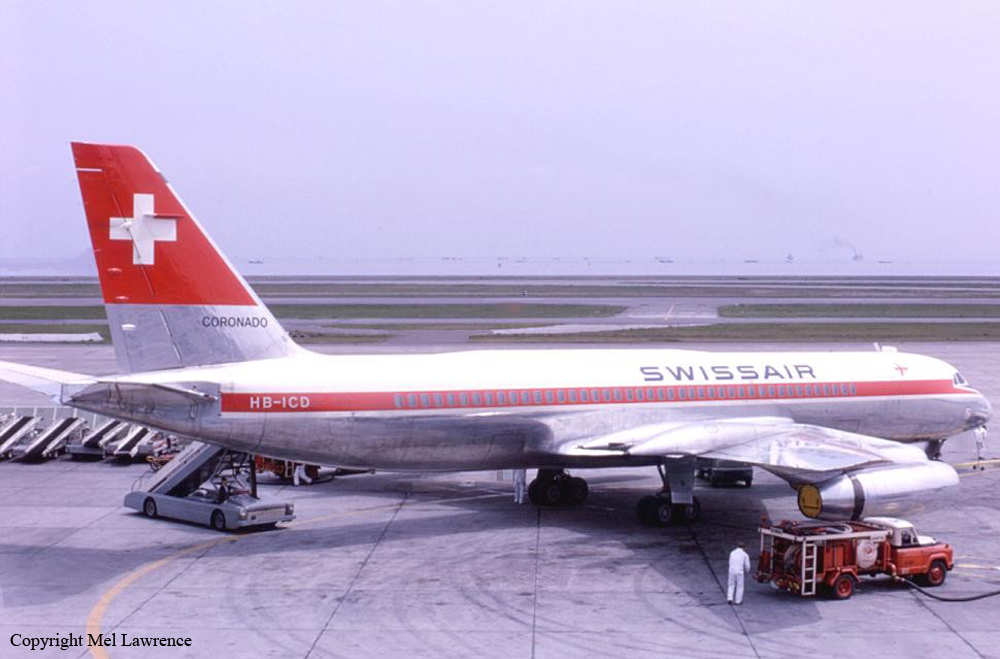
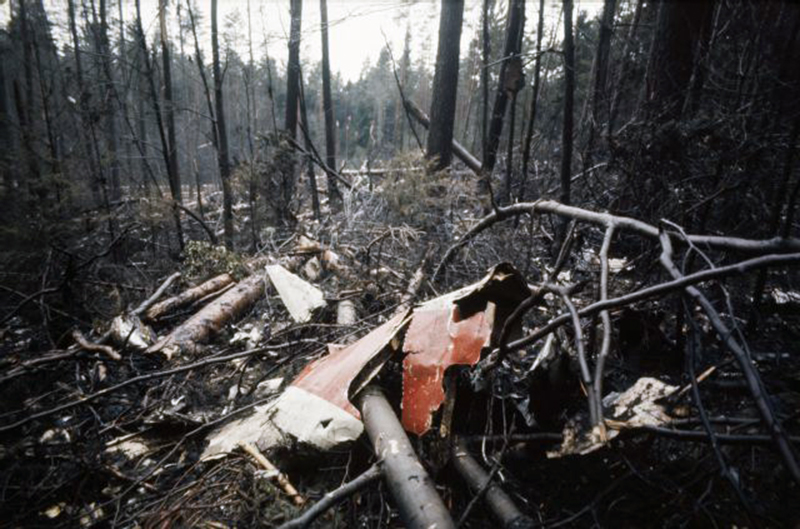
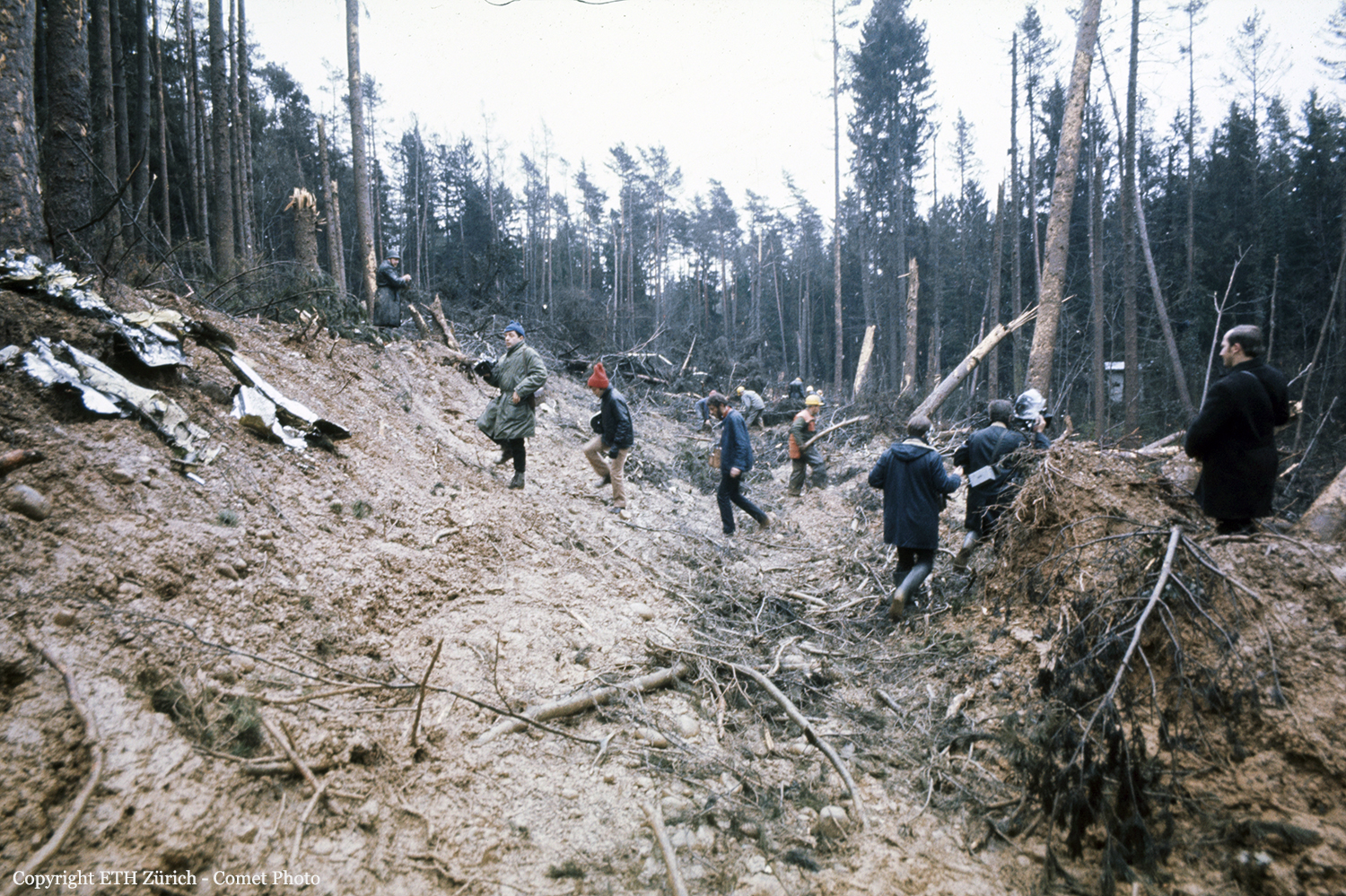
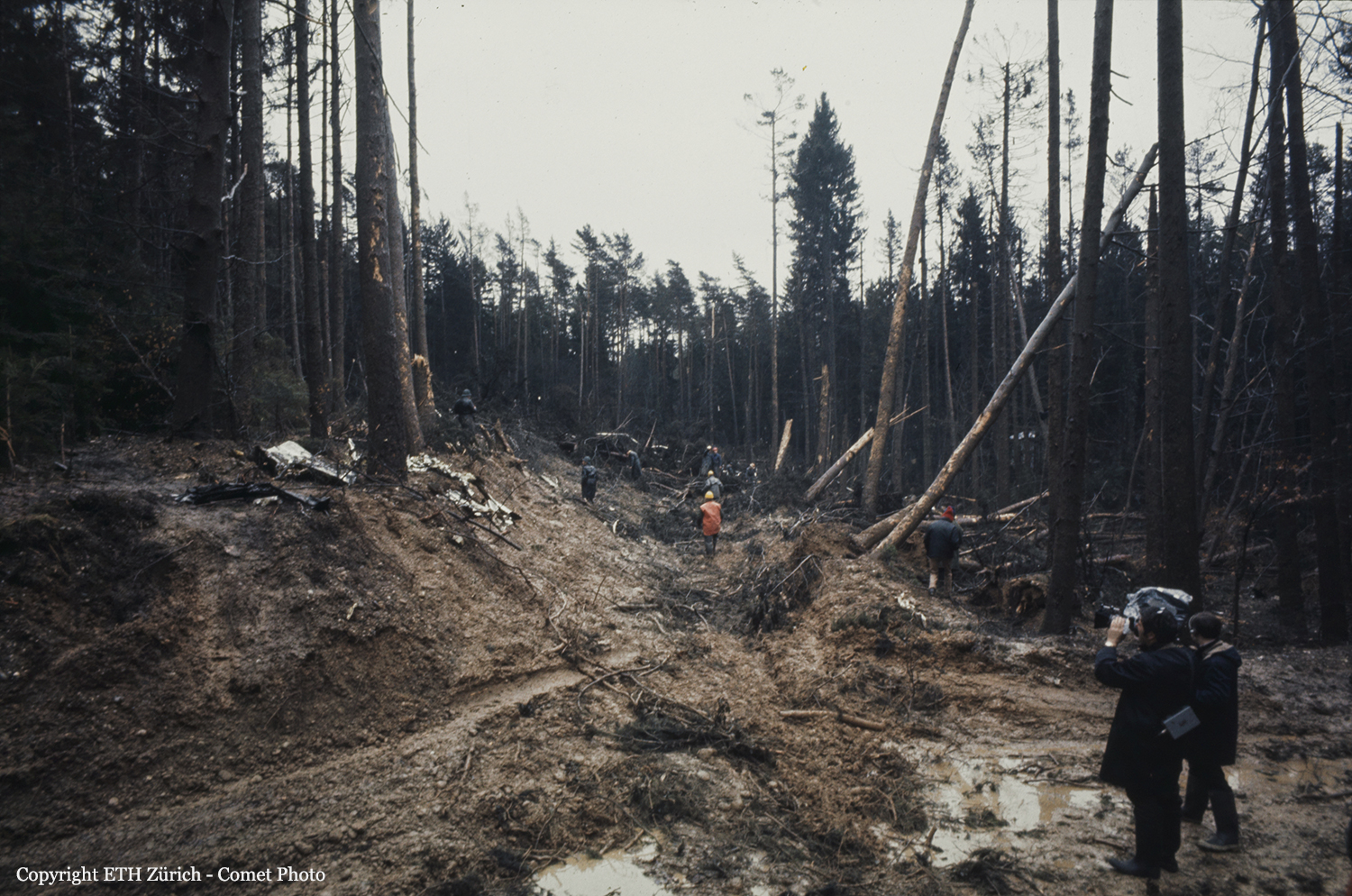
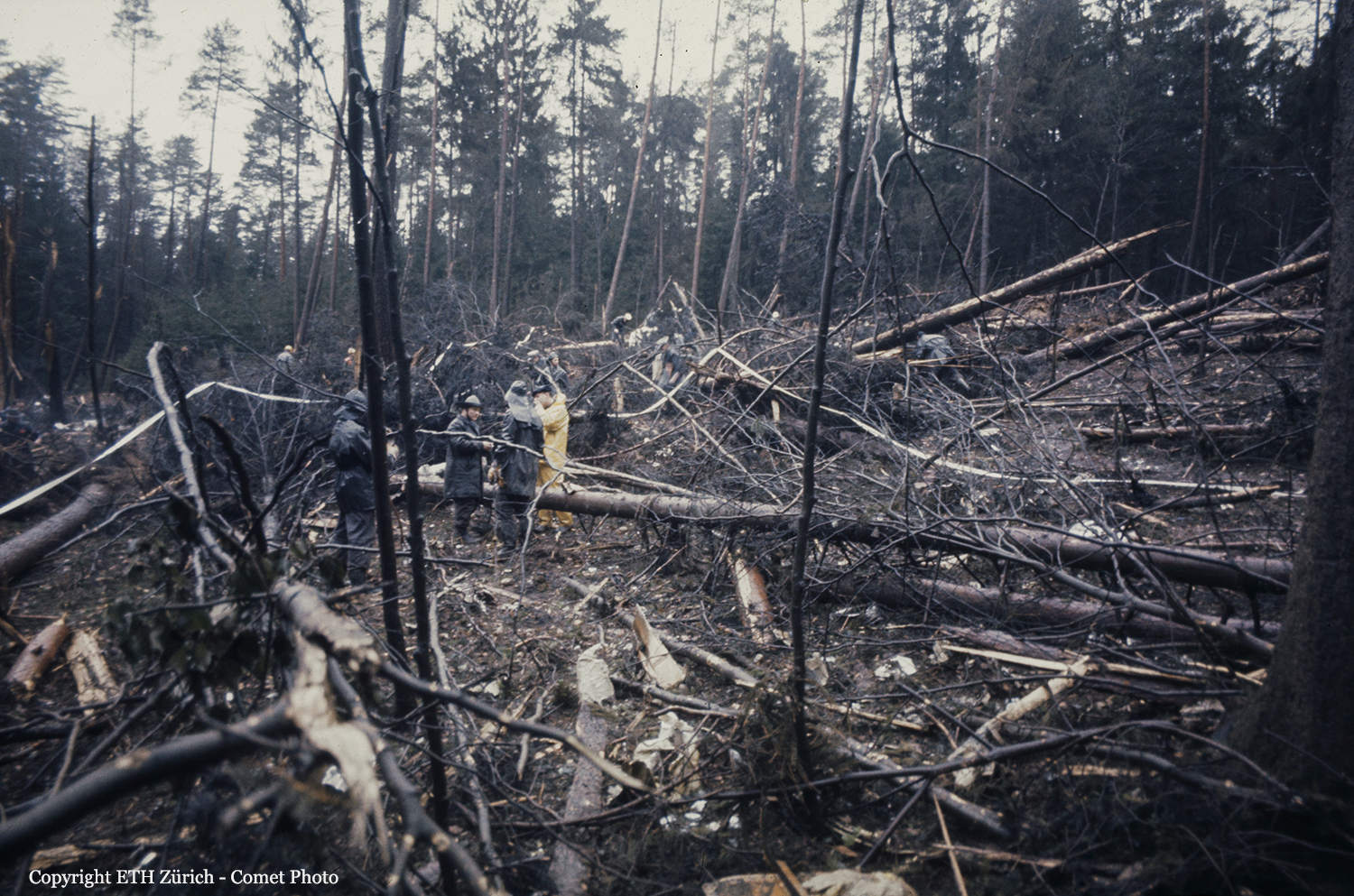
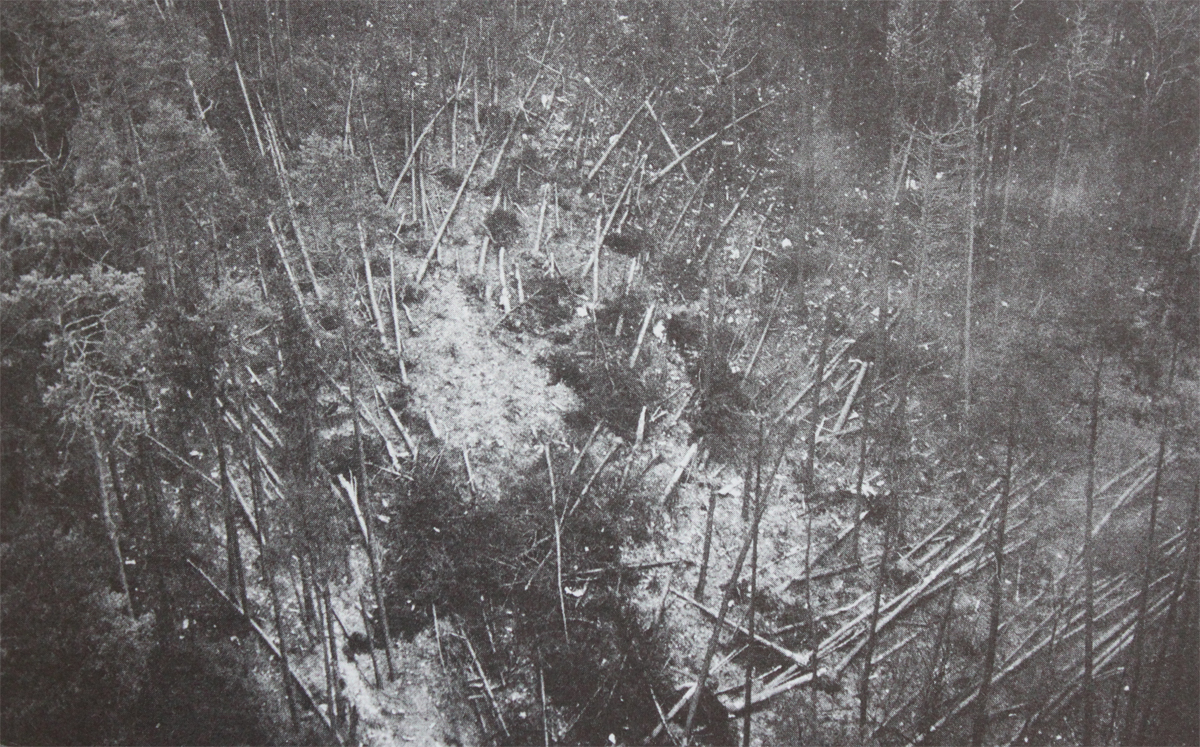

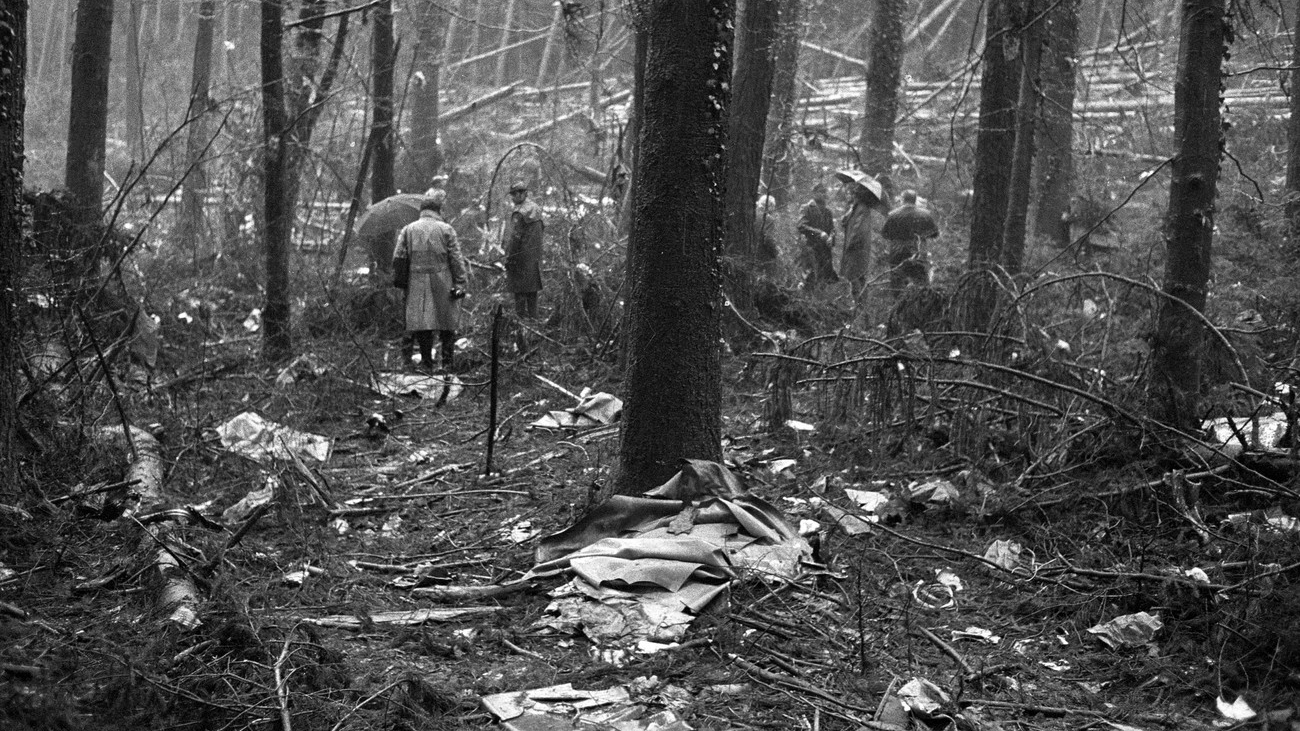

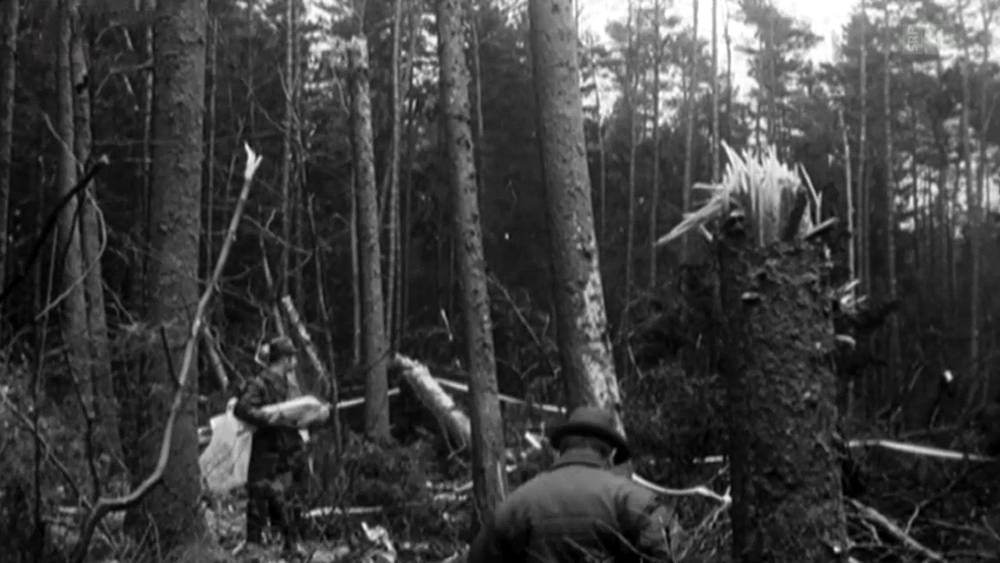
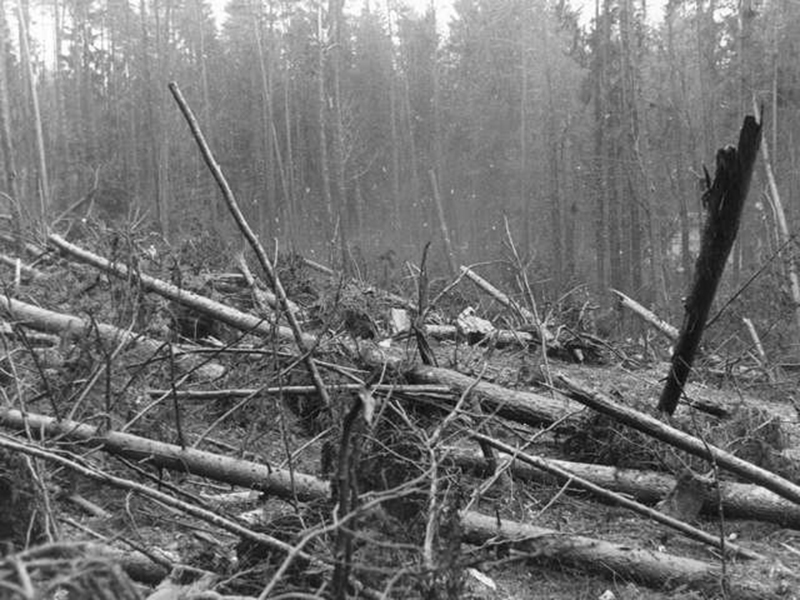
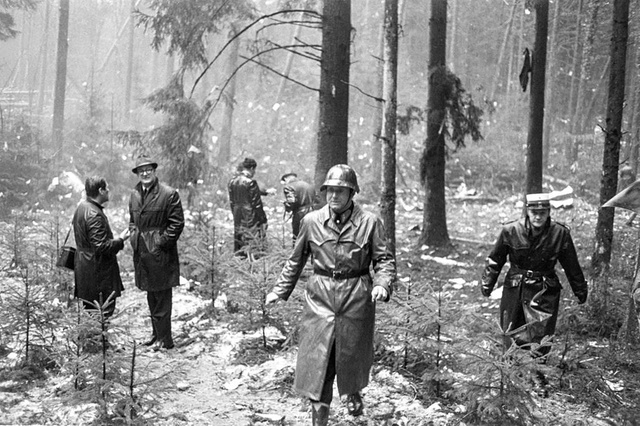

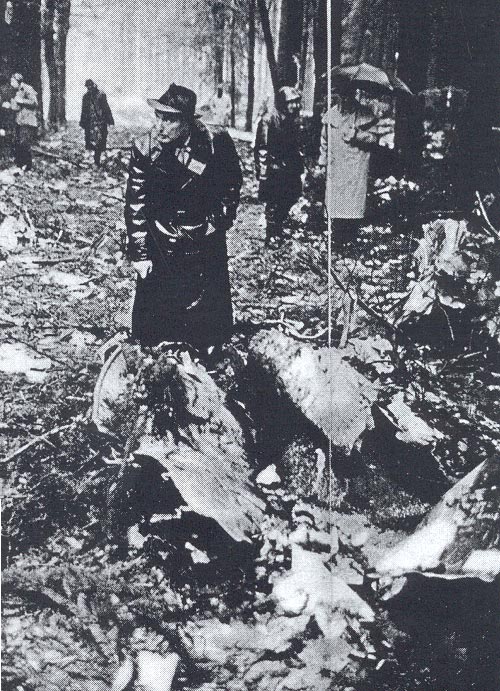
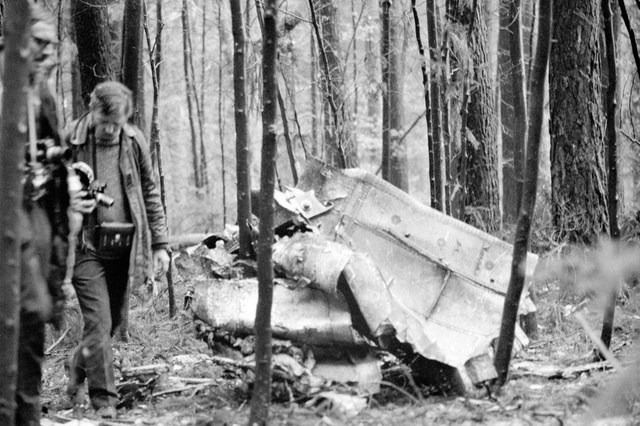
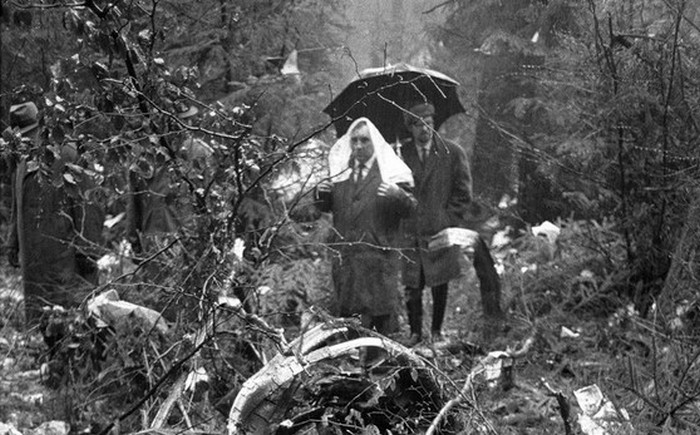
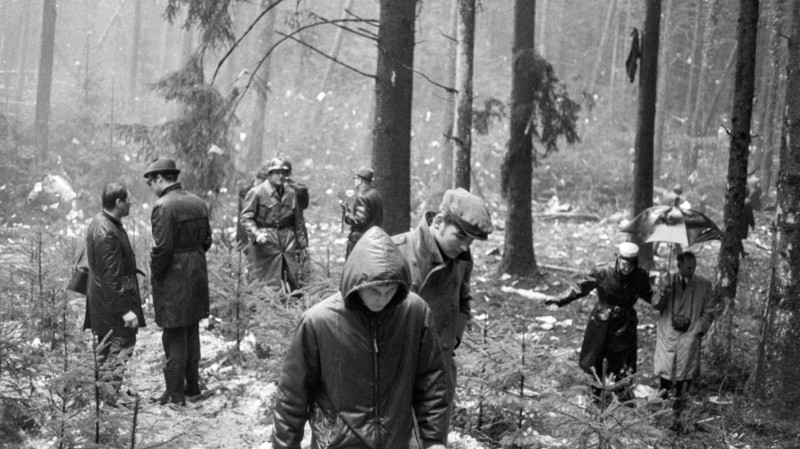
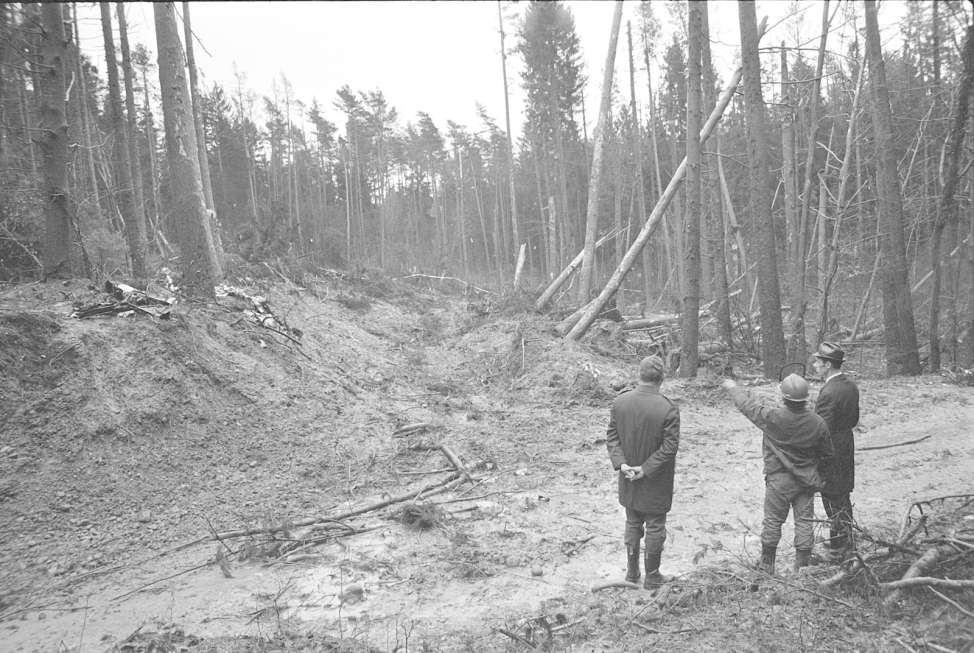
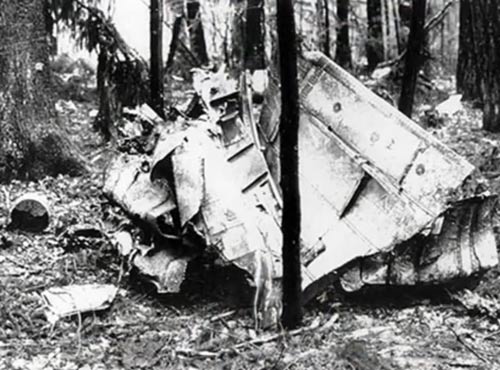
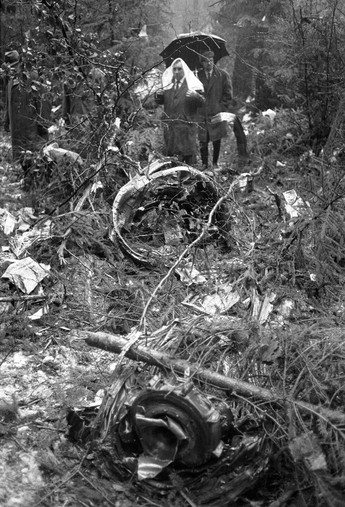
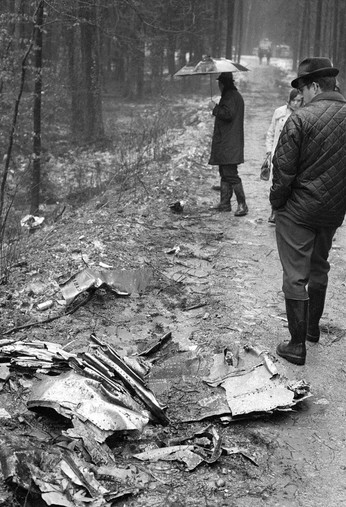
Crash of a Convair CV-990-30A-5 in Stockholm: 5 killed
Date & Time:
Jan 5, 1970 at 2225 LT
Registration:
EC-BNM
Survivors:
Yes
Schedule:
Stockholm - Zurich
MSN:
30-10-32
YOM:
1962
Crew on board:
3
Crew fatalities:
Pax on board:
7
Pax fatalities:
Other fatalities:
Total fatalities:
5
Captain / Total hours on type:
2218.00
Copilot / Total hours on type:
758
Aircraft flight hours:
16940
Circumstances:
The aircraft was originally planned to fly a non-scheduled international flight from Stockholm-Arlanda to Palma de Mallorca. During the take-off run No. 4 engine did not function properly; the take-off was aborted and the aircraft was taxiied back to the apron. Inspection of the engine revealed damage to the compressor. After consultation with the Spantax Operations Department in Madrid, it was decided to ferry the aircraft on three engines to Zurich, where No. 4 engine would be changed. The technical preparation of the aircraft for the ferry flight was supervised by a ground engineer from Spantax. Meanwhile, the flight crew planned the flight. As the ATS briefing office at Arlanda was closed after 2100 hours, the co-pilot phoned the ATS flight plan to Stockholm Control Centre (ACC) . Neither when phoning the flight plan nor at the weather briefing did the crew advise that the flight was a 3-engine ferry flight. However, the Air Traffic Controller (Tower) in some other way had been informed about the nature of the flight. At 2208 hours the crew received a taxi clearance to Runway 08, but as they considered that this runway was too short for a 3-engine take-off , they requested permission to use Runway 19 and this was granted. Another advantage of using Runway 19 was that it made it possible to join the outbound track with minor heading changes. During taxiing the aircraft and the engine anti-icing system were checked according to the checklist. (After checking the engine anti-icing was switched OFF.) At 2221 hours the flight was cleared to take-off, and at 2224 hours the crew reported "Rolling". According to the pilot-in-command,maximum EPR take-off power was set on engines Nos. 1, 2 and 3 with brakes on, then, after having checked the instruments, No. 1 engine was throttled back to 85 per cent and the brakes were released. When the aircraft had rolled for 5-10 seconds the nose wheel skidded to the right and to regain heading he had to retard throttle No. 1 to 80-60 per cent. When back on the centre line he slowly opened the throttle again. Maximum EPR take-off power was set when the aircraft reached a speed of 100 kt. He rotated the aircraft at the calculated speed Vr - 134 kt (27° of flaps) and it became airborne. He retracted the gear when positive climb was indicated. Just after lift off he was blinded by the aircraft landing lights illuminating unexpectedly low clouds over the runway. Initially he kept the speed at V2 (145 kt) and noticed a rate- of-climb of 800 ft/min. He had to apply extremely hard left rudder to centre the turn indicator (ball). He did not observe any bank or turn tendency, but noted that the indicated airspeed (IAS) was not increasing normally and shortly thereafter that the rate-of-climb and speed decreased. The pilot-in-command felt they urgently needed more power, but all happened very quickly and shortly after he had noticed the speed drop the aircraft collided with the terrain. From the time take-off power had been set on the runway the throttle positions were not changed. The co-pilot stated that they had to taxi down the runway to avoid ice patches on the first part of the runway. He could not say how far they taxiied and it was not possible to determine it in any other way. During preparation for take-off he asked the pilot-in-command if they should use 10° flaps, but the decision of the pilot- in-command to uae 27° was not changed. He completed the pre-take-off instrument check and did not notice any abnormal readings. The three gyro horizons indicated no differences. When rolling he kept the control column forward, to increase the friction on the nose wheel, and gave full left aileron. Gradually he decreased the pressure on the column and reduced left aileron deflection. At V1 the pilot-in-command took mr the controls. The co-pilot kept his left hand on the throttles and verified that no changes were made on throttles Nos. 2 and 3 after takeoff power was set, but he noticed that the pilot-in-command had to vary the No. 1 throttle setting several times during the roll. After lift-off when the gear was retracted the co-pilot received a message from the tower giving the take-off time and instruction to change over to STOCKHOLM RADAR on 124.1 MHz. He never acknowledged the message but when leaning forward to select the new frequency he noticed on his horizon a banking to the right of 4 to 60. He also observed the gyro horizon of the pilot-in-command indicating o bank to the right. Zhe speed had dropped to 10 kt belau V2 and he called: "The speed, the speed". Ifc felt no buffeting in the aircraft aud noted no tendency to Dutch roll. Be also stated that he observed a power drop of about 2 per cent below EPR take-off power. Shortly after the first contact with the treetops the banking to the right had increased to 10-lSO and the co-pilot retarded the throttles. The flight and the ground engineers sitting in the cockpit observed nothing abnormal until the crash. None of them observed any indications of power changes on the instruments. No buffeting was felt in the aircraft, neither were any warning signals heard. Whilst in a right bank of 4-6° the aircraft collided with tree-tops approximately 26 m above and 1 060 m from the far end of Runway 19, or about 1 800 m from the point of lift-off, having turned through about 25 degrees from the runway heading. The aircraft came to a final stop approximately 500 m after first contact with the trees on a heading of 240°. The aircraft was destroyed and five occupants were killed while five others were injured.
Probable cause:
During a 3-engine take-off the aircraft entered an uncontrollable attitude with increased drag and decreased indicated airspeed wing to the following combined circumstances : unexpected, early loss of external visual references after lift off. During transition from visual to instrument flying the pilot lost directional control, this again resulting in increased drag due to yaw. The presence of a temperature inversion reducing thrust and indicated airspeed. The presence of wind shear causing further decrease of indicated airspeed, which resulted in large drag increase. The following findings were reported:
- Patches of ice on the runway reduced the friction and thereby the capability of the nose wheel to take up side forces. During acceleration to 100 kt, the average thrust used on engine No. 1 was probably 50 per cent. Full power on all three engines was, however, set well below V1,
- There was a marked temperature inversion in the air close to the ground,
- There was a windshear. The wind was reported calm at surface but was blowing from the NNW at 5-10 kt at 30-50 ft producing a tail wind component for aircraft taking off on Runway 19,
- The crew was not informed about the temperature inversion and windshear,
- Neither the actual weather reports nor the forecast for Arlanda contained any information about the possibility that the existing low clouds of stratus would be as low as 30-50 ft above the far end of Runway 19 and in the climb out area,
- These clouds were illuminated by the landing lights and possibly by the approach lights to Runway 01, which blinded the pilot forcing him to change to instrument flying earlier than could have been expected,
- During the climb-out, the co-pilot was requested by the Tower to change radio frequency. This preoccupation diverted his attention from his primary duty of watching the instrument panel.
- Patches of ice on the runway reduced the friction and thereby the capability of the nose wheel to take up side forces. During acceleration to 100 kt, the average thrust used on engine No. 1 was probably 50 per cent. Full power on all three engines was, however, set well below V1,
- There was a marked temperature inversion in the air close to the ground,
- There was a windshear. The wind was reported calm at surface but was blowing from the NNW at 5-10 kt at 30-50 ft producing a tail wind component for aircraft taking off on Runway 19,
- The crew was not informed about the temperature inversion and windshear,
- Neither the actual weather reports nor the forecast for Arlanda contained any information about the possibility that the existing low clouds of stratus would be as low as 30-50 ft above the far end of Runway 19 and in the climb out area,
- These clouds were illuminated by the landing lights and possibly by the approach lights to Runway 01, which blinded the pilot forcing him to change to instrument flying earlier than could have been expected,
- During the climb-out, the co-pilot was requested by the Tower to change radio frequency. This preoccupation diverted his attention from his primary duty of watching the instrument panel.
Final Report:
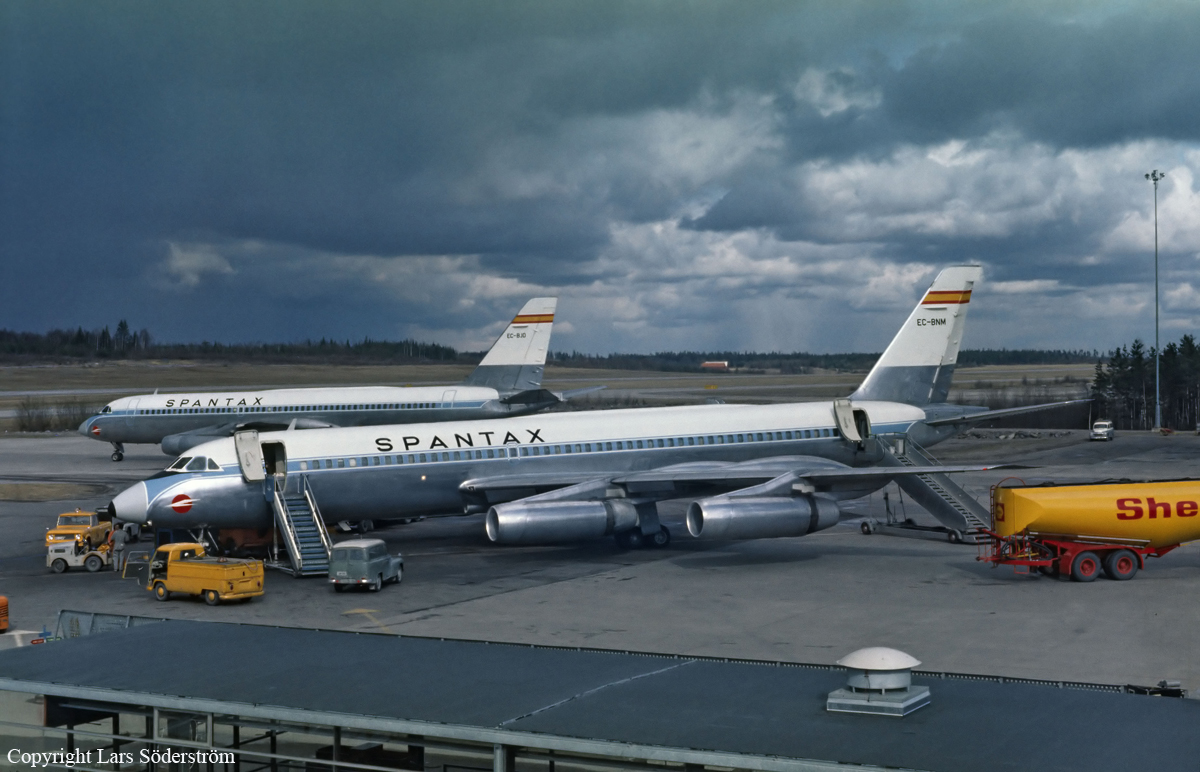
Crash of a Convair CV-990-30A-5 near Bombay: 30 killed
Date & Time:
May 28, 1968 at 0244 LT
Registration:
PK-GJA
Survivors:
No
Schedule:
Jakarta – Bombay – Karachi – Cairo – Rome – Amsterdam
MSN:
30-10-3
YOM:
1964
Crew on board:
14
Crew fatalities:
Pax on board:
15
Pax fatalities:
Other fatalities:
Total fatalities:
29
Circumstances:
Less than five minutes after a night takeoff from Bombay-Santa Cruz Airport, while climbing, the aircraft entered a nose-down attitude then plunged into the earth and crashed in a huge explosion some 32 km north of the airport. The aircraft disintegrated on impact and all 29 occupants were killed as well as one person on the ground. Few houses were damaged and few other people were injured.
Probable cause:
It was determined that the loss of control was the consequence of the partial or complete failure of all four engines during the initial climb. Investigations reported that during the stop at Bombay Airport, the wrong type of fuel was transferred into the tanks of the Coronado. Instead of kerosene, ground staff fueled the aircraft with regular benzin.
